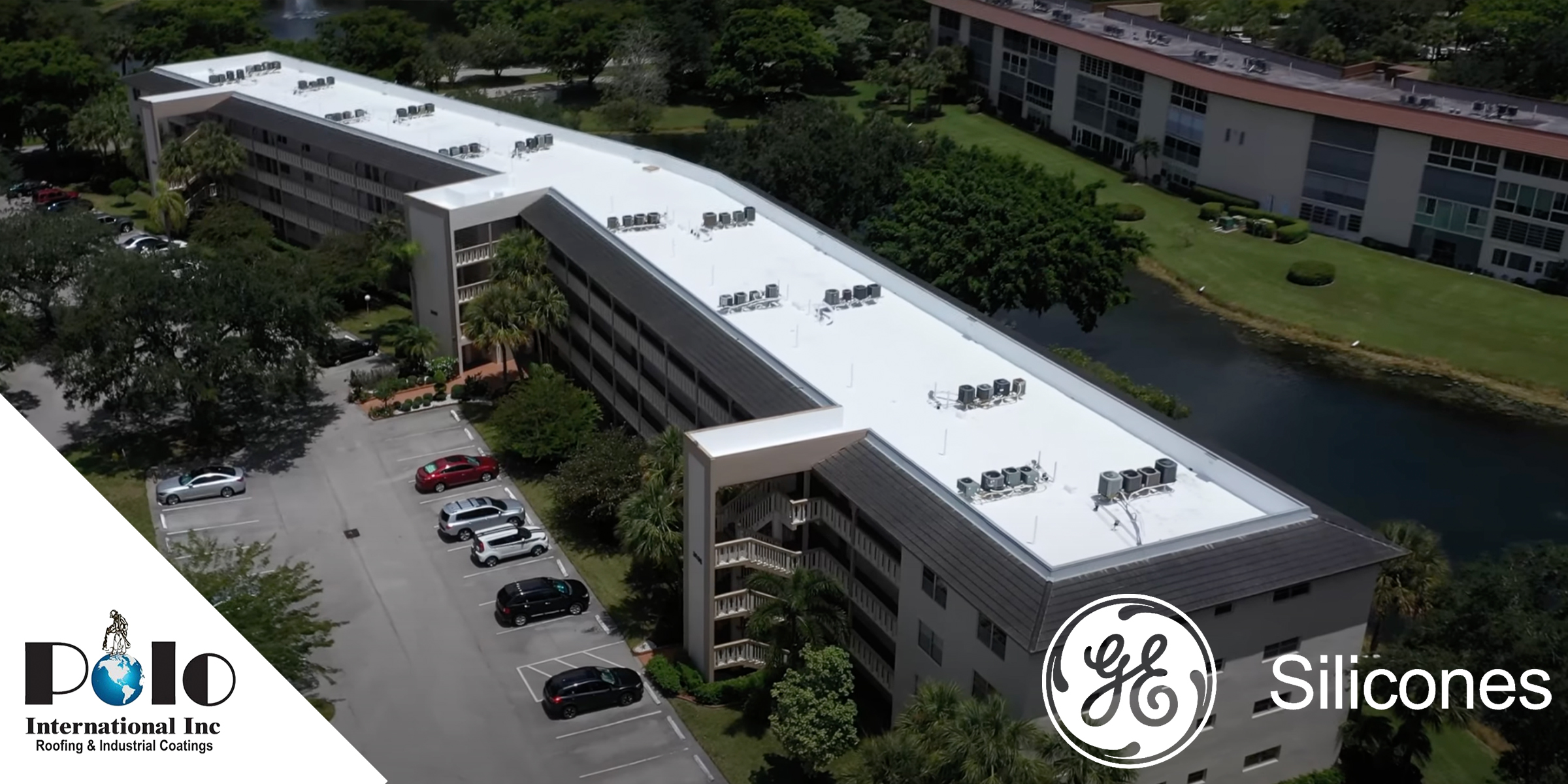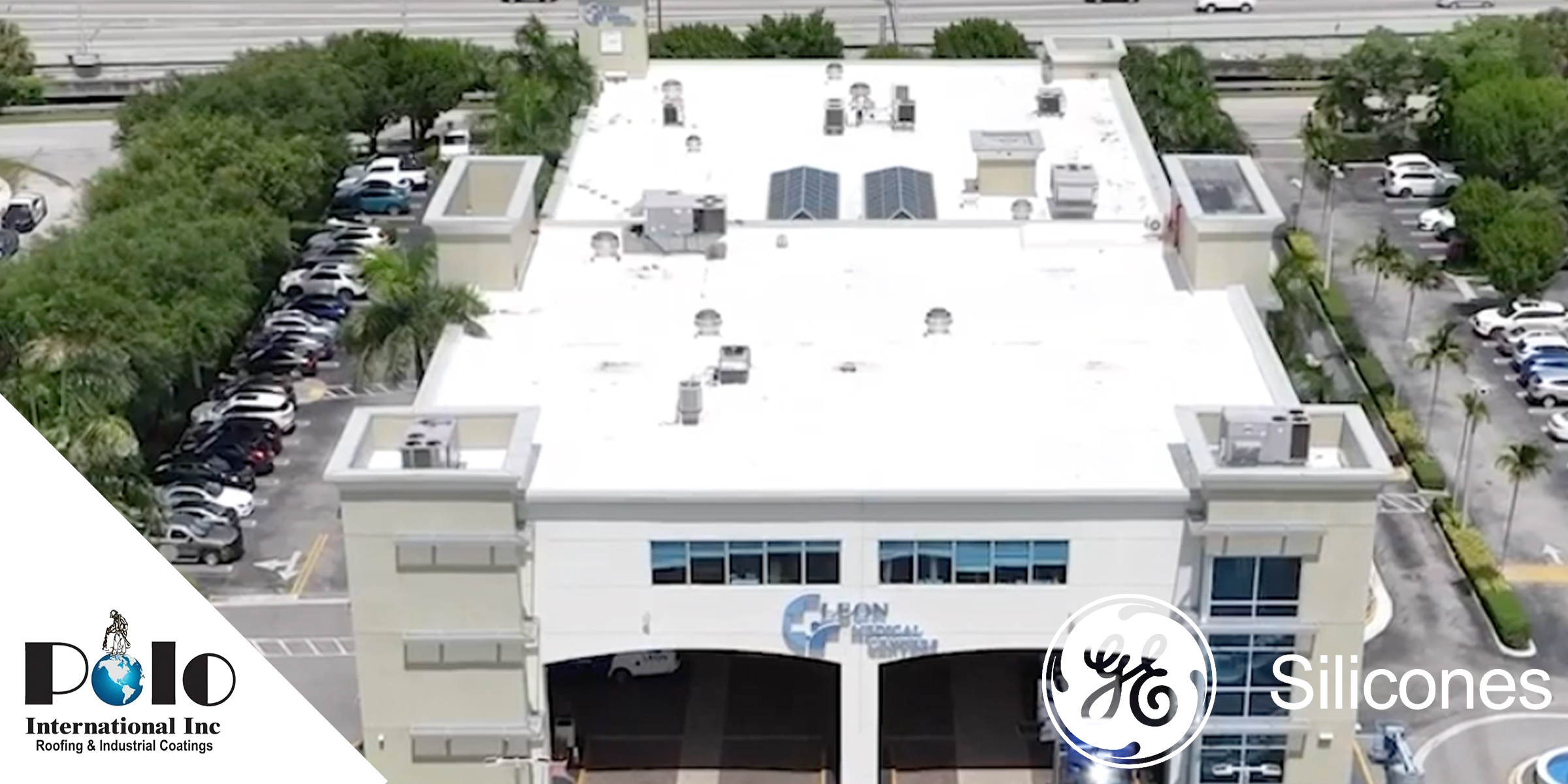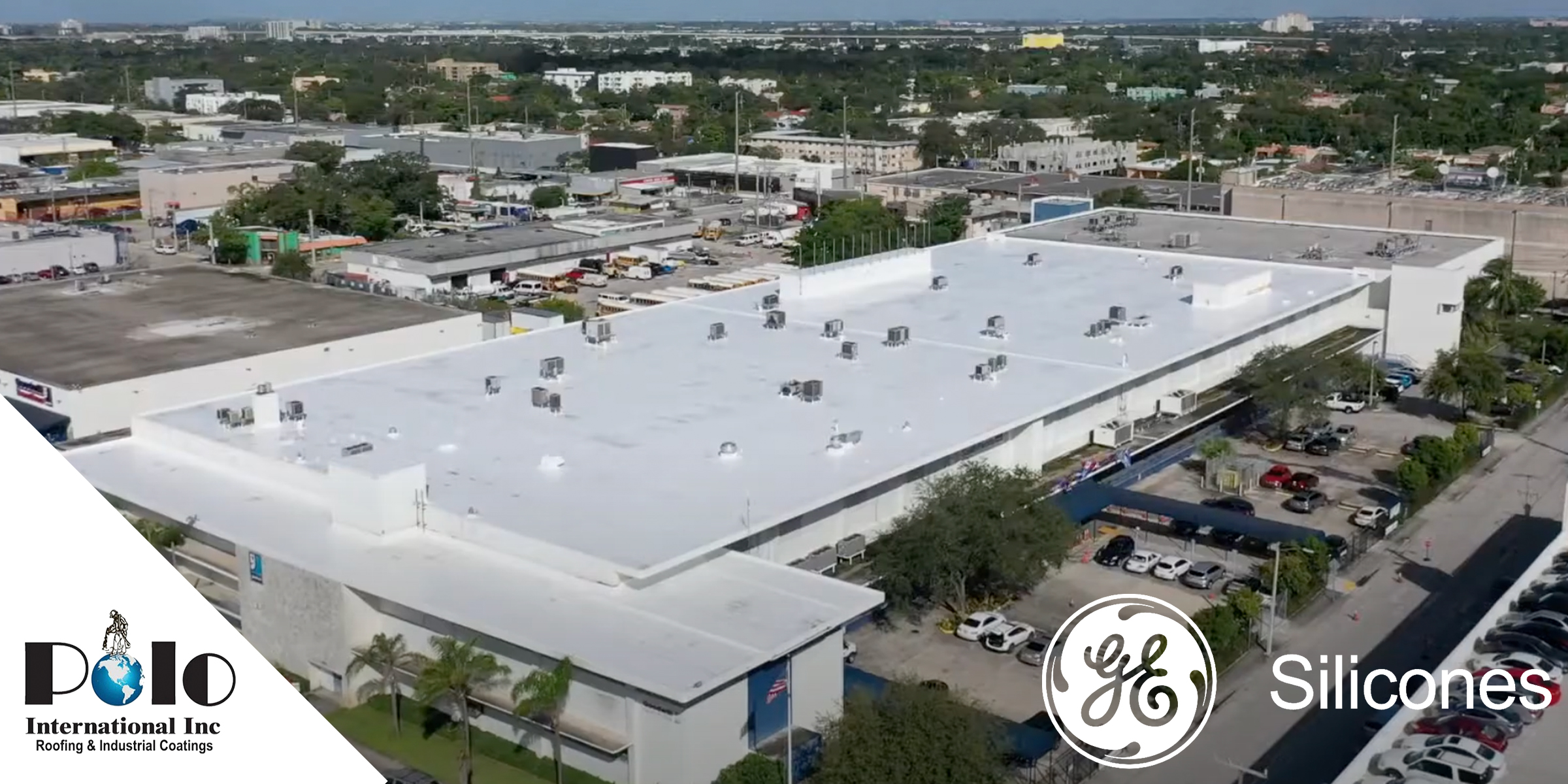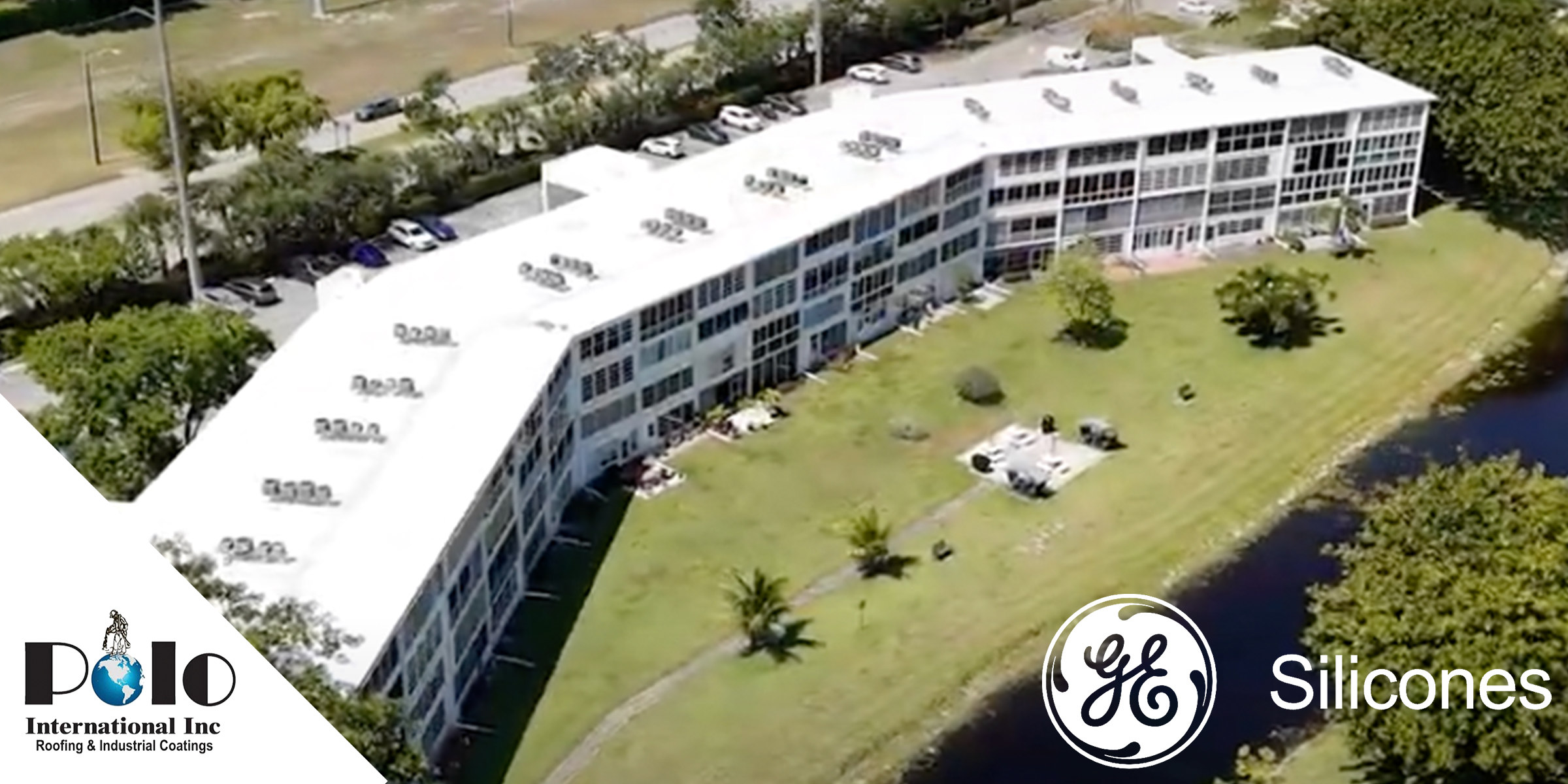
Maximizing Energy Efficiency and Financial Savings with Spray Foam Roofing
Are you looking to enhance the energy efficiency of your commercial building while increasing its overall value? Energy-efficient roof coatings, such as Spray Polyurethane Foam (SPF) roofing, offer remarkable insulation, reducing energy costs and providing numerous financial benefits. For commercial property owners, SPF roofing is a wise long-term investment that combines economic advantages with sustainability.
SPF roofing creates a seamless, durable barrier that minimizes thermal bridging, cutting heating and cooling expenses significantly. Applied as a liquid that expands into foam, it forms a waterproof layer that extends your roof’s lifespan. Its quick installation process reduces business disruptions, saving both time and money. With these benefits, SPF roofing transforms your building’s energy profile and boosts overall financial performance.
The Financial and Energy Benefits of SPF Roofing
1. Significant Energy Savings
SPF roofing systems are highly effective at reducing energy expenditures due to their superior insulation properties. By minimizing heat transfer, SPF keeps indoor temperatures consistent and reduces HVAC workloads. In both warm and cold climates, this leads to lower heating and cooling costs.
SPF roofing has one of the highest R-values among commercial materials, often exceeding 6.5 per inch. This high R-value ensures optimal insulation with less material, making SPF a cost-efficient solution for energy efficiency. Additionally, its reflective properties reduce heat absorption in sun-exposed areas, lowering cooling costs in cities like Los Angeles, CA, and Dallas, TX.
2. Lower Maintenance and Repair Costs
The seamless application of SPF roofing eliminates gaps and seams, reducing air leakage and preventing water infiltration. This durable, monolithic layer minimizes the risk of leaks, mold, and water damage, preserving your roof’s integrity and reducing the need for frequent repairs.
SPF roofing systems also have a long lifespan, often exceeding 30 years with proper maintenance. Re-coating further extends their durability, delaying costly replacements and offering a low-cost maintenance solution.
3. Tax Incentives and Rebates
Many states and cities provide tax incentives and rebates for energy-efficient systems like SPF roofing. These programs encourage sustainable building practices, helping offset initial costs and enhancing return on investment. Consulting with a tax advisor ensures you maximize these financial benefits.
4. Quick Installation and Reduced Labor Costs
SPF roofing’s liquid application process is efficient, requiring fewer labor hours than traditional roofing systems. This reduces downtime for business operations, ensuring minimal disruption to revenue-generating activities. Lower labor costs make SPF a cost-effective choice for large-scale commercial properties.
5. Enhanced Structural Integrity and Insurance Benefits
SPF roofing adds structural strength to commercial buildings, protecting against severe weather and environmental stressors. This added durability can reduce insurance premiums, as insurers reward policyholders for measures that mitigate damage risks.
Sustainability and Environmental Impact
SPF roofing supports sustainability initiatives by reducing energy consumption, lowering greenhouse gas emissions, and aligning with green building practices. Its adaptability to various roof shapes and sizes maximizes energy savings while minimizing material waste. In addition, SPF can contribute to achieving LEED certification, earning credits in categories such as Energy & Atmosphere and Materials & Resources.
Comparison with Traditional Roofing Solutions
SPF roofing surpasses traditional systems like asphalt shingles and metal roofs in key areas:
- Energy Efficiency: Its superior insulation and reflectivity reduce energy consumption year-round.
- Durability: SPF’s seamless, waterproof application reduces the risk of leaks and structural damage.
- Maintenance: Less frequent repairs and longer lifespan lower overall maintenance costs.
- Sustainability: Minimal waste and renewable material use make SPF an environmentally friendly option.
FAQs
What financial incentives are available for spray foam roofing?
Commercial property owners may qualify for tax credits, rebates, and grants at federal, state, or local levels. Utility companies often provide rebates for energy-efficient upgrades, helping offset SPF’s initial costs. Consulting local regulations and a tax advisor ensures you take full advantage of these programs.
How do energy savings from SPF roofing reflect in financial reports?
Lower energy expenses improve cash flow and reduce operating costs. These savings, reflected in financial reports, enhance profitability and building asset value, making SPF roofing a sound long-term investment.
Can SPF roofing contribute to LEED certification?
Yes, SPF roofing aligns with LEED criteria by improving energy efficiency and reducing environmental impact. It earns credits in categories such as Energy & Atmosphere and Materials & Resources, supporting sustainable building goals.
Trusted manufacturers like GE Silicone, Carlisle, HENRY Co, and Everest Systems meet these demands with advanced spray foam products expertly applied by Polo International.
Takeaways
Spray Polyurethane Foam (SPF) roofing delivers exceptional energy efficiency, reduced maintenance costs, and substantial long-term financial benefits. By minimizing thermal bridging, enhancing durability, and supporting sustainability initiatives, SPF roofing is a cost-effective solution for commercial property owners. Whether you’re reducing energy expenses, qualifying for tax incentives, or prolonging your roof’s lifespan, SPF roofing offers unmatched value. Invest in SPF roofing today to strengthen your operating budget and achieve significant financial rewards.




